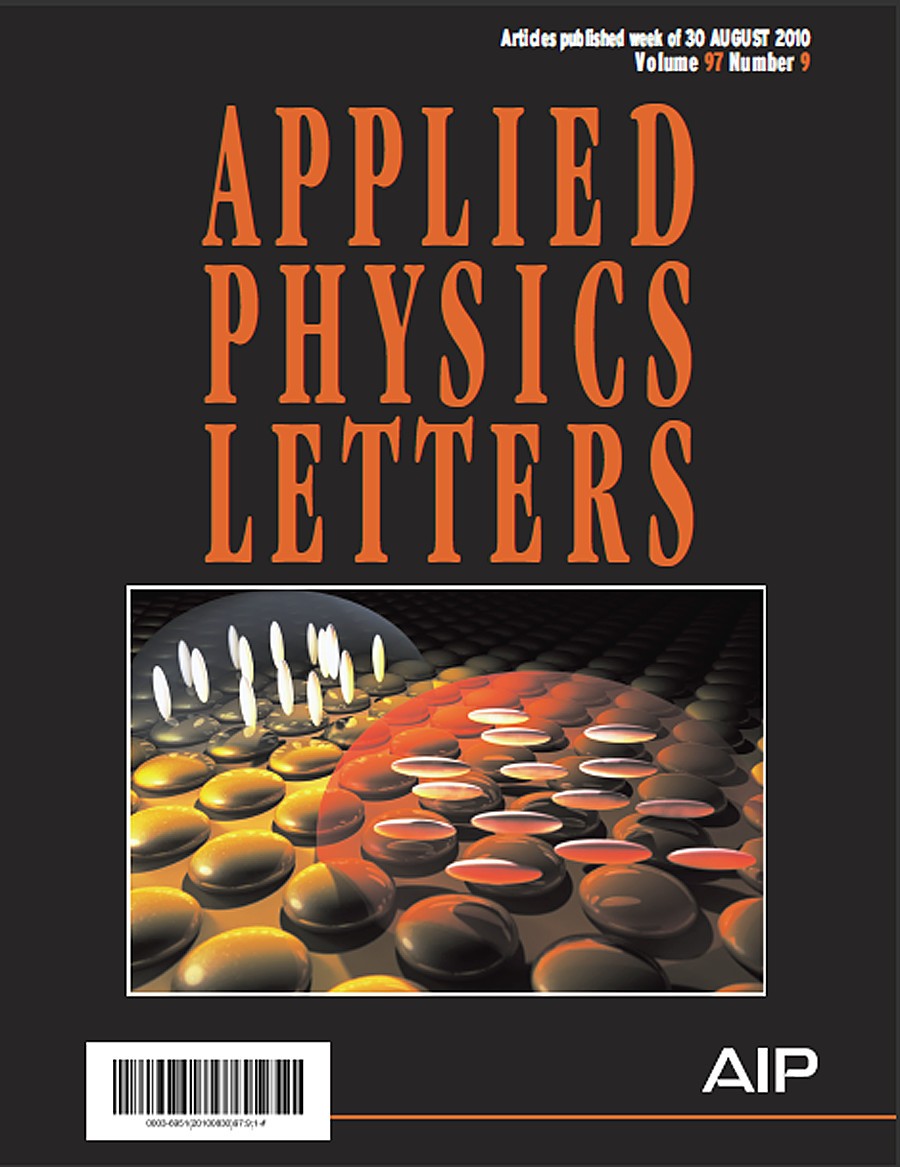
(or other general education ASTR course.)

BIOL 4760 - Molecular Biochemistry I Credit Hours: 4.BIOL 4620 - Molecular Biology Credit Hours: 4.ASTR 2050 - Introductory Astronomy and Astrophysics Credit Hours: 4.To be eligible for the minor, students must pass the 3-credit course ASTR 4510 Origins of Life - A Cosmic Perspective and at least two semesters of the 1-credit seminar course ISCI 4510 they must also undertake a 4-credit research project on a topic related to Astrobiology under the supervision of a faculty member engaged in Astrobiology research in one of the above departments finally they must complete a further two courses* outside the major field of study, selected from the following: The Departments of Biological Sciences, Biochemistry and Biophysics, Chemistry and Chemical Biology, Earth and Environmental Sciences, and Physics, Applied Physics and Astronomy, participate in a multidisciplinary minor in Astrobiology for students majoring in these or other disciplines. An ability to apply and synthesize concepts from core mechanics, electromagnetics, thermodynamics, and quantum mechanics courses in the in-depth study of a specialized field related to Physics such as Condensed Matter Physics, Optical Physics and Photonics, Particle Physics, Astrophysics, Biophysics, Astronomy, or Engineering.An ability to apply knowledge of basic phenomenology and concepts of quantum, atomic, nuclear, and particle physics along with ability to solve and analyze solutions to the Schrodinger equation to address new problems in science and technology.An ability to apply mechanics and kinematics including the analysis using differential equations and the Lagrangian formulation to address new problems in science and technology. An ability to apply knowledge of electromagnetic theory using vector calculus to analyze and model real situations.An ability to communicate technical material effectively using both oral and written presentation.

An ability to perform scientific calculations and data analysis using computational and mathematical tools.An ability to evaluate the validity and utility of experimental information using logical, mathematical, and statistical tools.Students who successfully complete this program will be able to demonstrate:


 0 kommentar(er)
0 kommentar(er)
